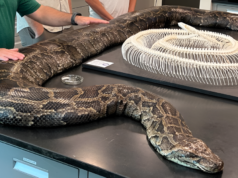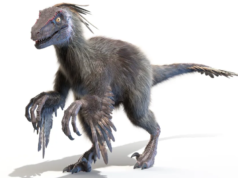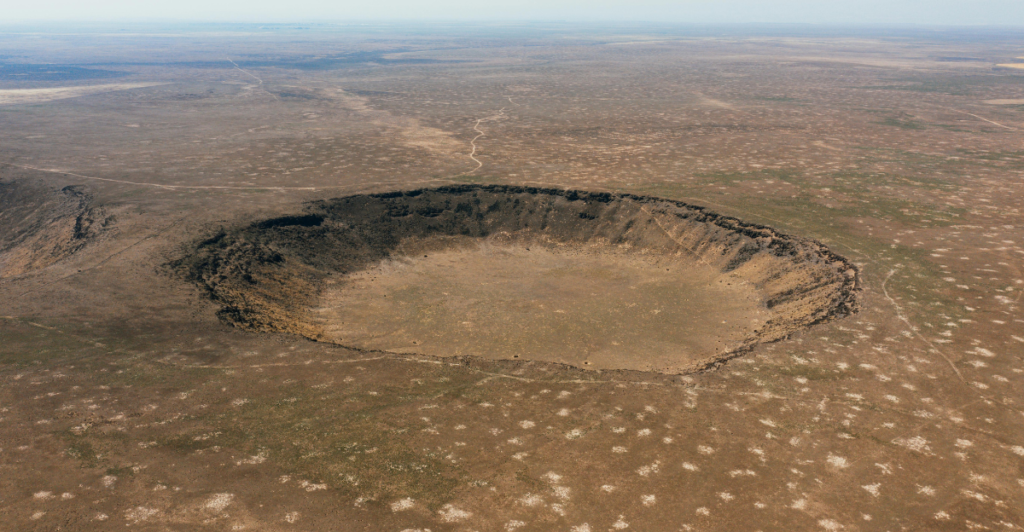
Approximately 35 million years ago, a colossal asteroid collided with the Atlantic Ocean near the present-day East Coast of North America, creating a massive impact crater now buried beneath the Chesapeake Bay in Virginia and Maryland. This event, known as the Chesapeake Bay impact, has garnered significant scientific interest due to its scale and geological implications.
Discovery of the Hidden Giant
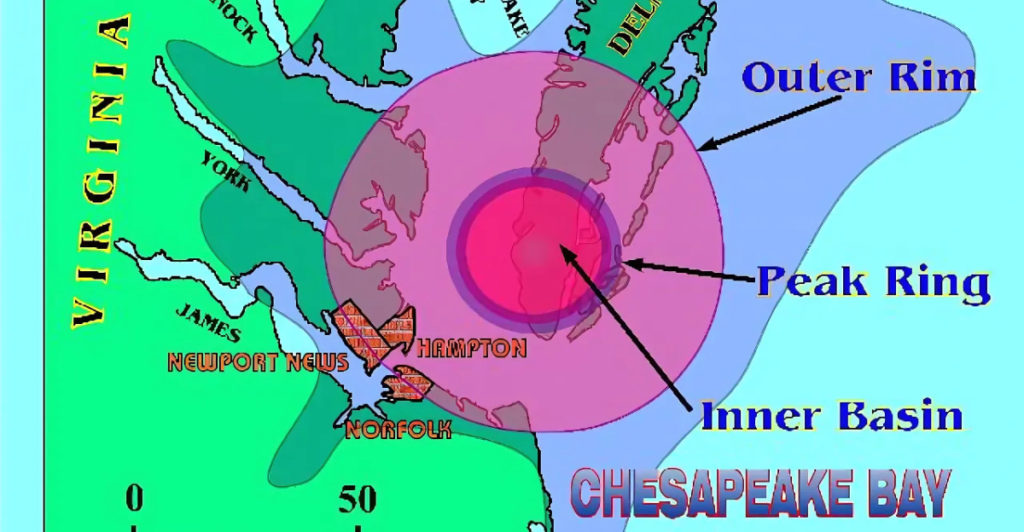
The Chesapeake Bay impact crater remained concealed beneath layers of sediment until its discovery in the early 1990s through marine geophysical surveys and scientific drilling. Spanning about 85 kilometers (53 miles) in diameter, it is the largest known impact crater in the United States and the 15th largest on Earth.
Formation and Characteristics
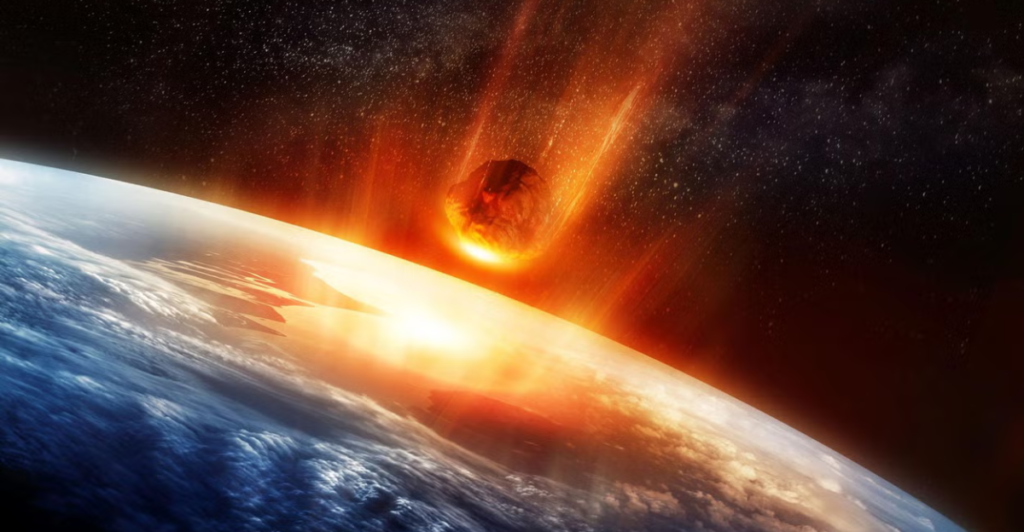
The impactor, estimated to be about 3 kilometers (1.9 miles) in diameter, struck the shallow continental shelf at a speed of approximately 17.8 kilometers per second (11 miles per second). This collision penetrated deep into the Earth’s crust, creating a crater nearly as deep as the Grand Canyon and significantly wider. The event generated massive shock waves, leading to the formation of tektites and shocked quartz, indicative of high-pressure conditions.
Immediate Aftermath
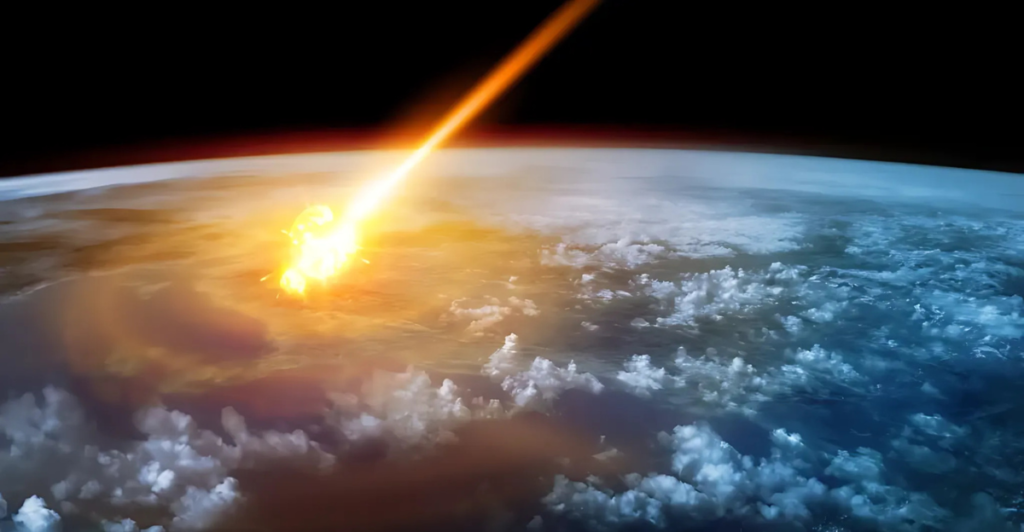
The immediate aftermath of the impact was catastrophic. The collision would have vaporized the asteroid and a significant volume of Earth’s crust, sending debris high into the atmosphere. This would have triggered massive wildfires, earthquakes, and a colossal tsunami that likely reached as far as the Blue Ridge Mountains. The ejecta blanket, composed of tektites and shocked minerals, was dispersed over an area of about 4 million square miles, roughly ten times the size of Texas.
Long-Term Geological Impact
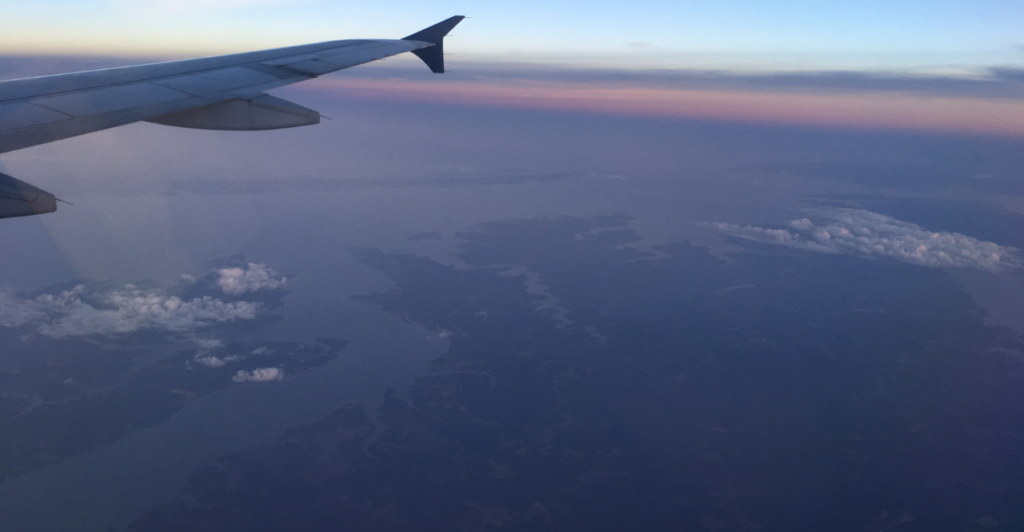
Over millions of years, the crater has influenced the geological and hydrological characteristics of the Chesapeake Bay region. The impact disrupted existing aquifers, leading to the formation of a deep brine aquifer beneath the bay. Additionally, the crater’s structure has affected the course of rivers and the overall topography, contributing to the current shape and ecology of the Chesapeake Bay.
Scientific Significance
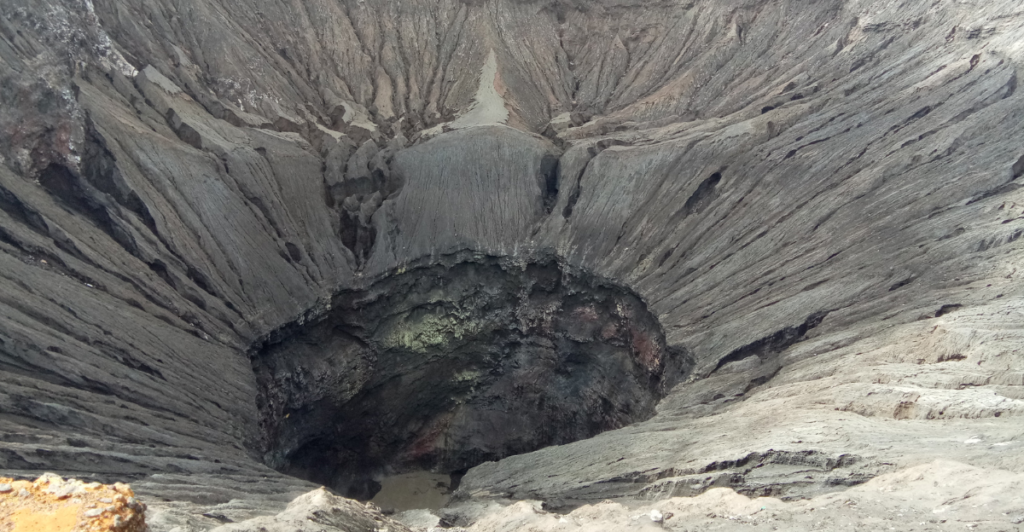
The Chesapeake Bay impact crater provides valuable insights into Earth’s geological history and the role of extraterrestrial impacts in shaping the planet’s surface. Studies of the crater have enhanced our understanding of impact dynamics, sediment displacement, and the long-term environmental effects of such colossal events. The site serves as a natural laboratory for examining the consequences of large impacts on Earth’s geology and biosphere.
Modern Research and Exploration

Recent studies have employed advanced dating techniques, such as the uranium-thorium-helium method, to determine the age of zircon crystals found within the impact ejecta. These analyses have provided more precise dating of the impact event, reinforcing its significance in Earth’s geological timeline. Ongoing research continues to uncover details about the impact’s effects on regional geology and its broader implications for planetary science.
Comparative Scale
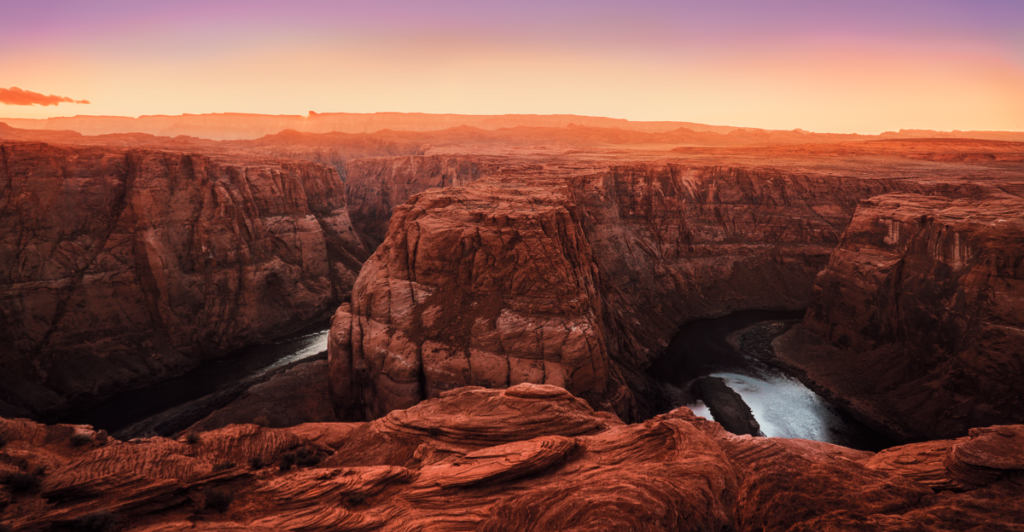
To put the size of the Chesapeake Bay impact crater into perspective, it is approximately three times larger than the Grand Canyon when considering diameter. While the Grand Canyon is about 446 kilometers (277 miles) long, its width and depth are significantly less than the dimensions of the impact crater. This comparison underscores the immense scale of the ancient impact event.
Impact on Biodiversity
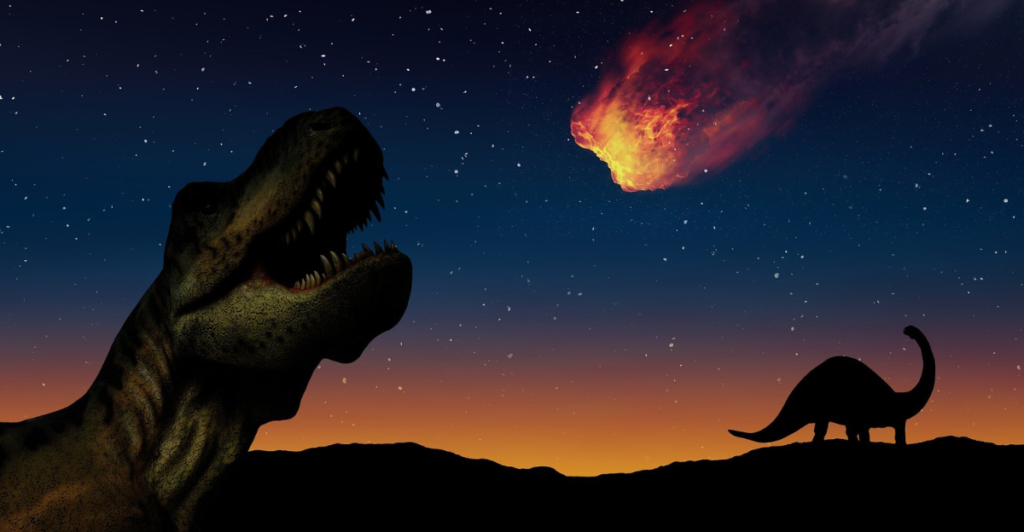
While the Chesapeake Bay impact predates the mass extinction event that wiped out the dinosaurs by about 30 million years, it likely had significant effects on marine and terrestrial life in the region. The immediate environmental upheavals, such as tsunamis and wildfires, would have caused widespread habitat destruction, leading to localized extinctions and shifts in species distributions.
Educational and Cultural Importance
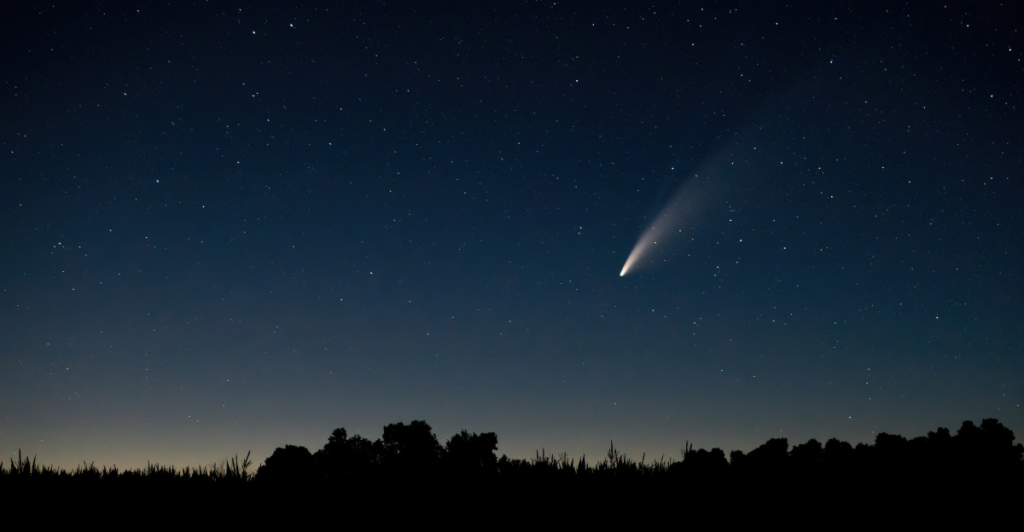
The discovery and study of the Chesapeake Bay impact crater have educational significance, highlighting the dynamic history of Earth’s surface and the potential threats posed by extraterrestrial objects. It serves as a reminder of the planet’s vulnerability to cosmic events and underscores the importance of geological research in understanding Earth’s past and preparing for future possibilities.
Preservation and Conservation
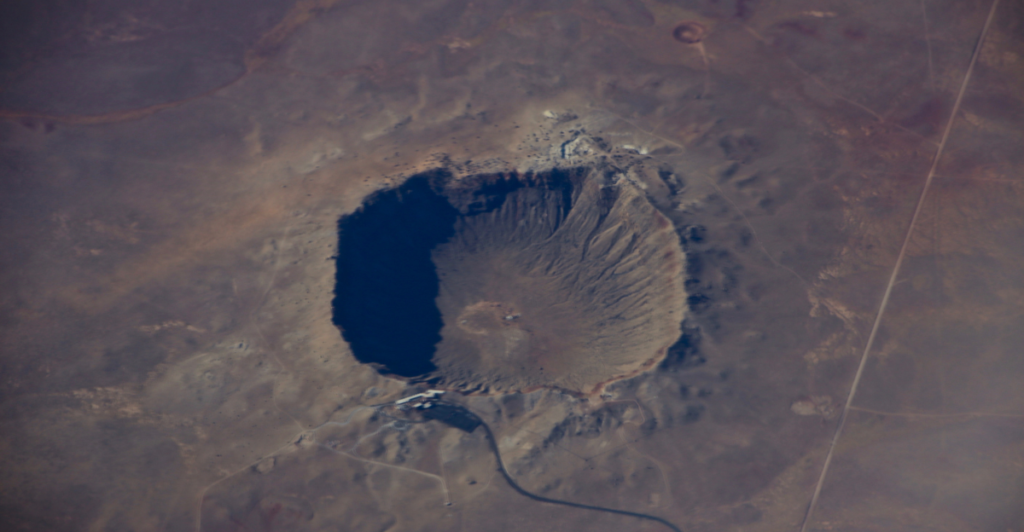
While the crater itself is buried and not visible, the Chesapeake Bay area is a vital ecological and economic region. Understanding the geological history, including the impact event, is essential for effective environmental management and conservation efforts. Knowledge of the subsurface structure aids in groundwater management, construction projects, and preserving the bay’s health.
Future Research Directions

Ongoing and future research aims to further unravel the complexities of the Chesapeake Bay impact event. Areas of interest include detailed studies of the impact’s effects on regional geology, hydrology, and ecology. Advancements in technology and analytical methods continue to shed light on this ancient event, offering broader insights into planetary science and impact cratering processes.
Global Context
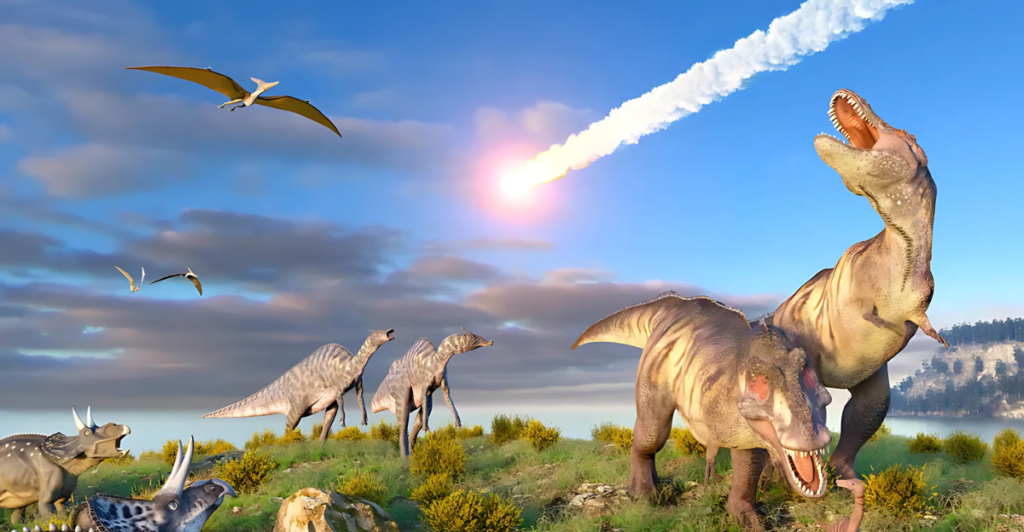
The Chesapeake Bay impact crater is one of many impact structures on Earth, each contributing to the understanding of planetary geology. Comparative studies with other craters, such as the Chicxulub crater linked to the dinosaur extinction, provide a broader perspective on the frequency and consequences of large impacts in Earth’s history.
The Future
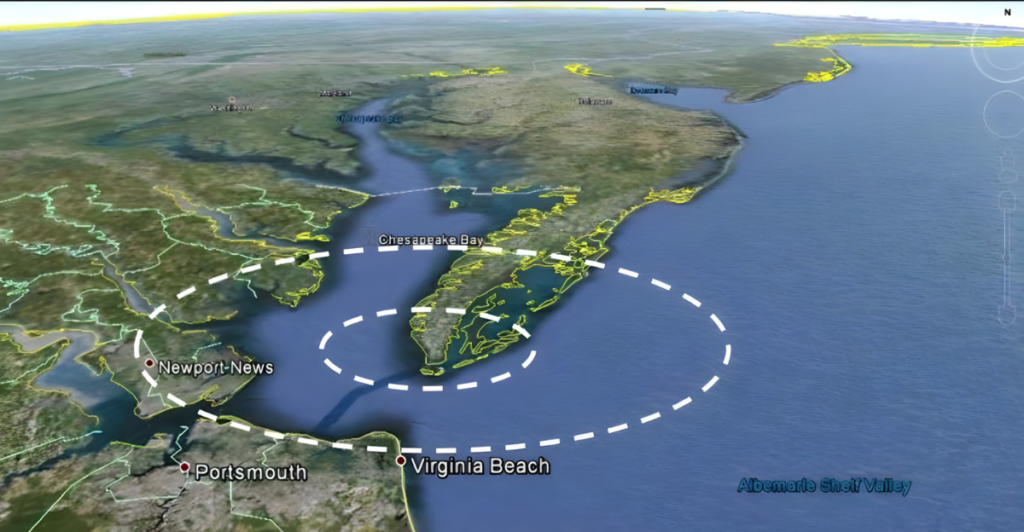
The Chesapeake Bay impact crater stands as a testament to the dynamic and sometimes violent history of the planet. Its discovery and ongoing study not only illuminate a significant geological event but also enhance humans’ understanding of Earth’s resilience and the ever-present influence of cosmic forces. As research continues, this ancient crater will undoubtedly yield further insights into the processes that have shaped the Earth and life upon it.
References:
Massive crater 3x larger than the Grand Canyon discovered in U.S.
ASU researchers study largest impact crater in the US, buried for 35 million years
Researchers study largest impact crater in the US, buried for 35 million years
Alamo impact crater: New study could double its size
Stay connected with us for more stories like this! Follow us to get the latest updates or hit the Follow button at the top of this article, and let us know what you think by leaving your feedback below. We’d love to hear from you!


